Chris Dodkin
West Coast Correspondent
This articel appears on Steve Huff's website, and is a superb 'how-to' on capturing and processing B&W images in the digital age.

Brad describes in detail how he captures low contrast RAW files, using filters, and then transforms these into stunning B&W images in post processing.
well worth a read and further study http://www.stevehuffphoto.com/2013/06/18/an-anatomical-mono-breakdown-by-brad-nichol/

Brad describes in detail how he captures low contrast RAW files, using filters, and then transforms these into stunning B&W images in post processing.
First a little background, going back several years ago, probably like a lot of people do, I looked at my work and wondered why there wasn’t that real life “being there” punch and why did my images not match the vision that I saw with my own eyes, and more importantly how could I address this imbalance and get closer to my artistic intents?
From these three questions and following many years of exploration, testing and taking literally thousands and thousands of images I determined the answers and subsequently developed a holistic system of photography which I call True Light Capture. TLC fundamentally works on a completion backwards principle, in other words I determine what I want as the end result and then put into place all the steps I need along the way to get to that end point, being careful that nothing is done that would compromise the following processes. It sounds technical and perhaps limiting but in fact it is quite the reverse, the methods are now so ingrained for me that I feel free to just concentrate on the creative output.
well worth a read and further study http://www.stevehuffphoto.com/2013/06/18/an-anatomical-mono-breakdown-by-brad-nichol/
Last edited:
